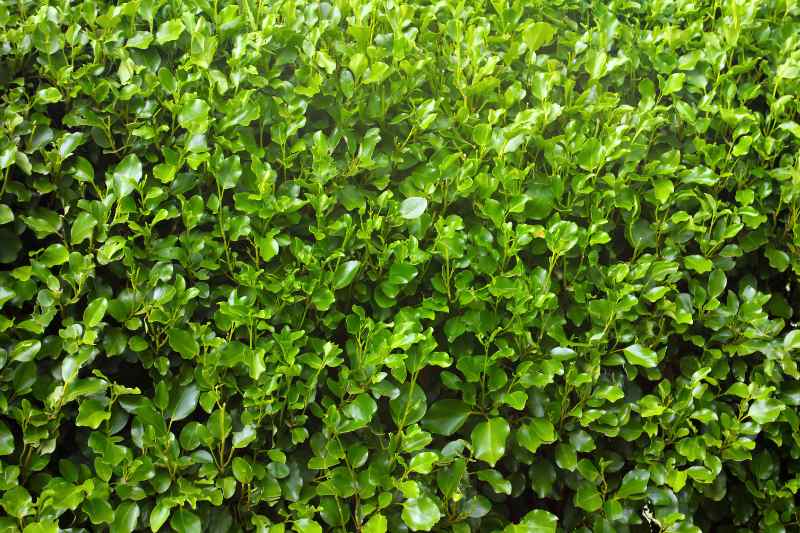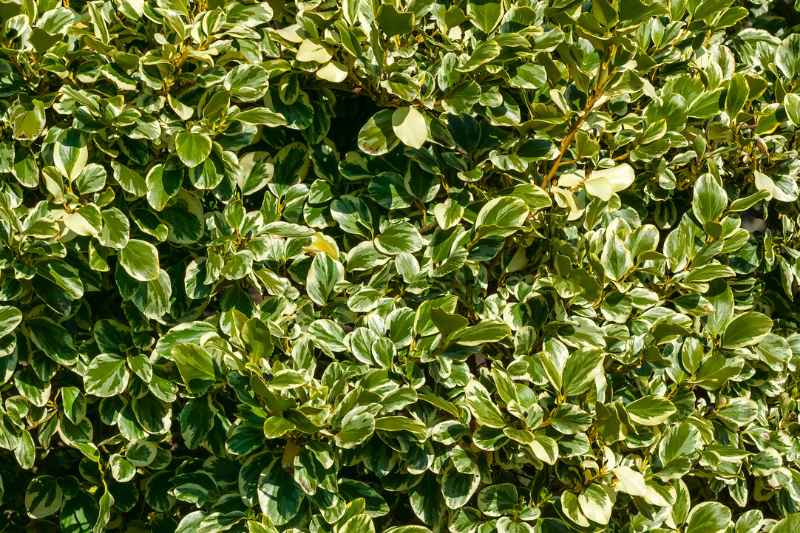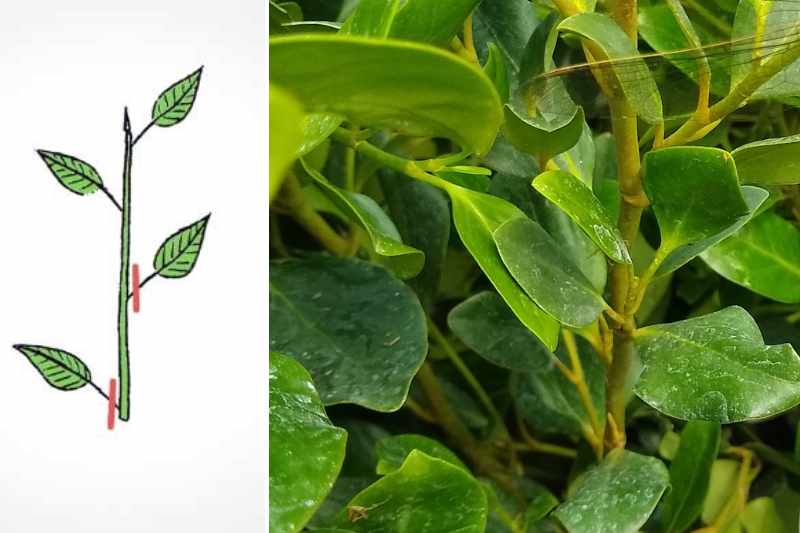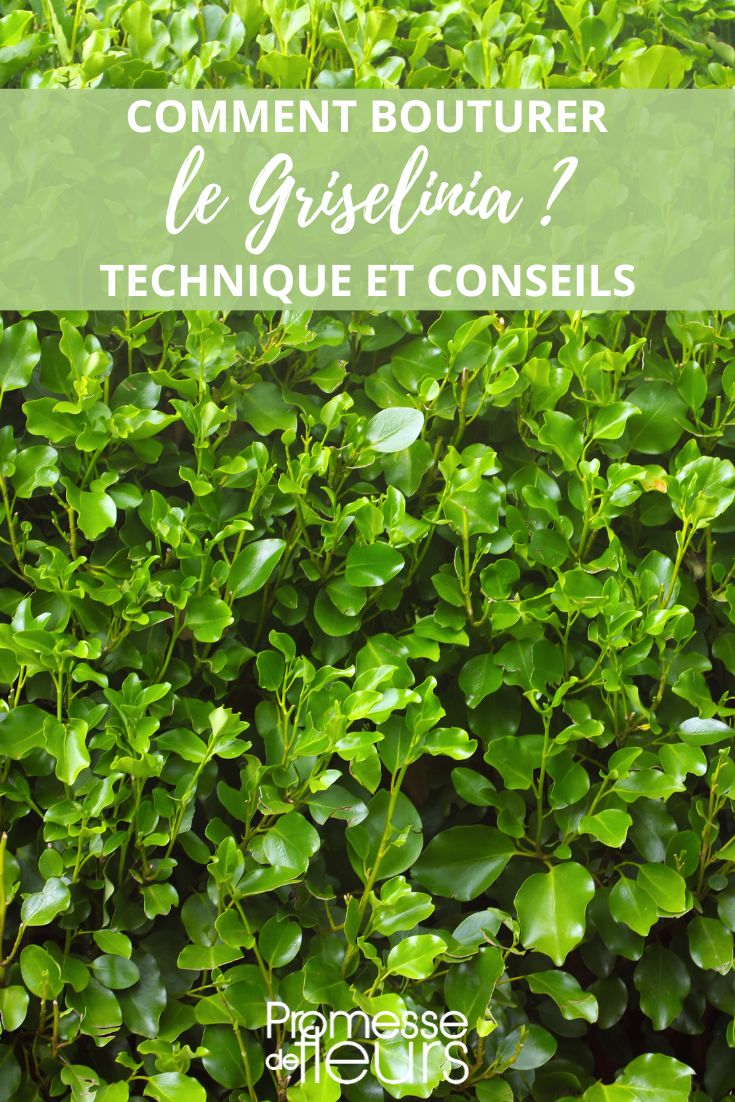Native to New Zealand, Griselinia or griselinie (also Irish euonymus) is an evergreen bush, renowned for its hardiness and rapid growth. With its lush, dense leaves, it is perfect for creating attractive hedges.
Propagating Griselinia by cuttings is not only an economical way to multiply your plants, it is also an effective method to ensure new plants retain same attractive characteristics as parent plant.
Prepare your tools and put on gardening gloves — we’re going to propagate Griselinia by cuttings!

A few words about Griselinia
Griselinia is a genus of evergreen plants comprising six species, native to New Zealand and South America. One of the best-known and most widely cultivated species is Griselinia littoralis, also known as "Kapuka" or "New Zealand Broadleaf" in its homeland.
Griselinia is often used in coastal gardens to form hedges or screens, as it grows quickly and has a dense, rounded habit. It has attractive smooth, glossy green leaves that are generally ovate and measure between 6 and 10 centimetres long.
Besides ornamental appeal, Griselinia is also valued for its tolerance of a range of soil and climate conditions. It can perform well in full sun or partial shade, and although it prefers well-drained soil, it can tolerate heavy, clay soils. It is a plant resistant to wind and salinity, which makes it particularly useful in coastal gardens.

How to propagate Griselinia ?
The best time to propagate Griselinia is generally late summer or early autumn, when plant has finished active growth for year. At this time new shoots from current year have had time to mature somewhat, but are not yet fully lignified (semi-ripe), which means they are not too woody or hard.
- Choose a healthy, vigorous stem of Griselinia, preferably a non-flowering shoot from current year. Ideal cutting should be about 15–20 cm long.
- Cut the stem just below a node (point from which leaves emerge) with clean, sharp pruning shear. Remove all leaves from lower part of cutting, leaving only a few leaves at upper end to limit excessive water loss through transpiration while allowing some photosynthesis.
- Place the cutting in a pot filled with a mix of potting compost and sand to ensure good drainage. Insert cutting into substrate until two-thirds of its length are covered.
- Water well and place pot in a warm spot but not in full sun. You can also cover pot with a plastic bag to create a greenhouse effect and encourage rooting: this creates a cutting under cover. Keep substrate moist but not waterlogged.
- After a few weeks (typically 4–8 weeks), check whether cutting has rooted by gently pulling it. If you feel resistance, roots have formed.
- Once cutting is well rooted, it can be transplanted into a larger pot or directly into garden.

Necessary equipment
- Pruning shears : clean, sharp pruning shears are essential to make clean cuts and minimise damage to both parent plant and cutting.
- Cutting pots : You will need a pot or container with drainage holes in base. Pot size will depend on size of your cutting, but generally, a small pot 10–15 cm in diameter is sufficient.
- Cutting compost : A specialised "seed and cutting" compost is a must, but a simple mix of compost and sand or perlite will ensure good drainage.
- Plastic bag or plastic cloche (optional) : Used to cover pot and create a humid atmosphere that favours rooting. Ensure there are holes for air circulation.
- Watering can
- Garden labels (optional)
Always ensure you clean and sterilise your equipment before starting to reduce risk of plant diseases!
































Comments